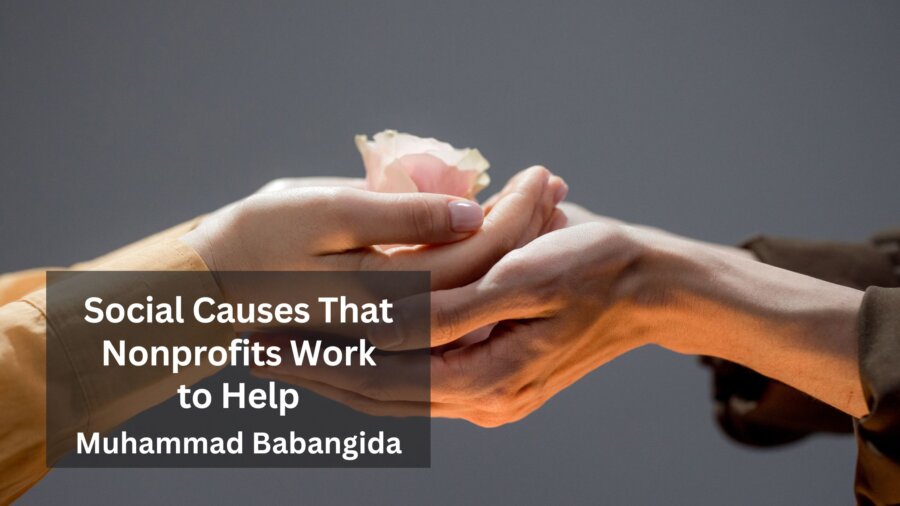LinkedIn is not just for individuals seeking job opportunities; it’s also a powerful tool for nonprofits to connect, engage, and advance their missions. Leveraging LinkedIn effectively can enhance your organization’s visibility, attract supporters, and foster partnerships. Here’s a comprehensive guide to help nonprofits navigate and maximize their presence on LinkedIn.
Create a Compelling Profile
Start by creating a robust and engaging LinkedIn profile for your nonprofit. Use a high-quality logo as the profile picture, and craft a concise yet compelling description that clearly communicates your organization’s mission, values, and impact. Encourage visits to your webpage by including a link on your profile.
Optimize Your Page
LinkedIn offers various features to optimize your nonprofit’s page. Utilize the “About” section to provide a more detailed overview of your organization. Add relevant hashtags to increase discoverability, and don’t forget to include contact information for easy communication.
Share Compelling Content
Regularly share updates, success stories, and impactful content related to your nonprofit’s work. This can include articles, images, videos, and links to your blog or website. Consistent and engaging content helps keep your audience informed and invested in your cause.
Leverage LinkedIn Articles
Use LinkedIn’s article publishing feature to create and share longer-form content. This can be a platform for thought leadership, in-depth explorations of your mission, or insights into the challenges your nonprofit addresses. Articles can be shared not only on your page but also by your team members to extend their reach.
Build a Follower Base
Actively work on growing your follower base by connecting with individuals and organizations aligned with your mission. Encourage your team members, supporters, and partners to follow your page. Regularly engage with your followers through comments and direct messages to cultivate a sense of community.
Participate in Groups and Discussions
Grow your community even further by joining groups and discussions. This enables you to share your expertise and learn from others in your field. Engaging in groups can broaden your network and expose your nonprofit to a wider audience.
Showcase Your Impact
Use the “Recommendations” feature to showcase testimonials from volunteers, donors, and partners. Positive recommendations add credibility to your organization and provide social proof of your impact. Consider requesting recommendations from individuals who have directly benefited from your nonprofit’s work.
Utilize LinkedIn Ads
If the budget allows, consider using LinkedIn ads to promote specific campaigns, events, or fundraising efforts. LinkedIn’s targeting options allow you to reach a more specific audience, ensuring your content reaches the right people.
Engage in LinkedIn Events
Use the LinkedIn Events feature to create and promote your nonprofit’s events. Whether it’s a virtual fundraiser, webinar, or community gathering, LinkedIn Events provides a platform to generate interest, track attendance, and foster engagement.
Measure and Adjust
Leverage LinkedIn Analytics to track the performance of your content and the growth of your page. Understand what resonates with your audience, and use these insights to refine your content strategy. Regularly assess your LinkedIn efforts and adjust your approach based on the data.
LinkedIn can be a powerful ally for nonprofits, providing a platform to share their stories, connect with supporters, and advance their mission. By strategically utilizing the platform’s features, nonprofits can enhance their online presence and create meaningful impact in the digital space.







